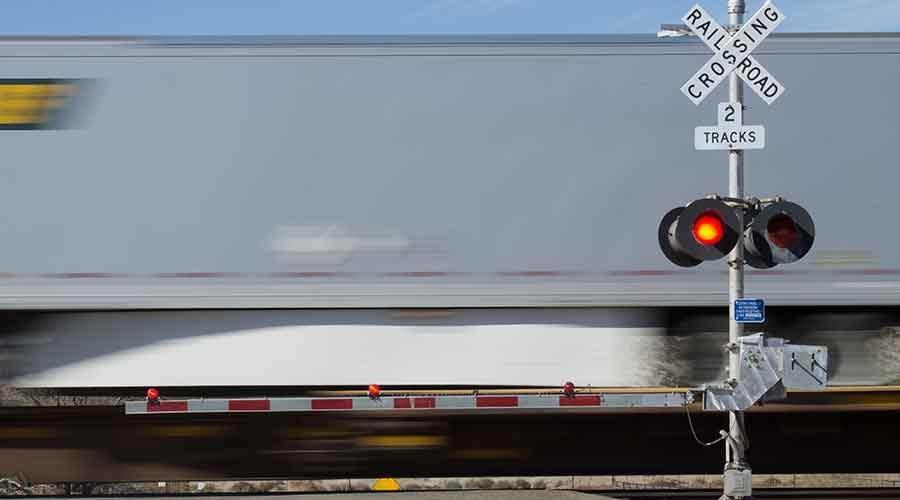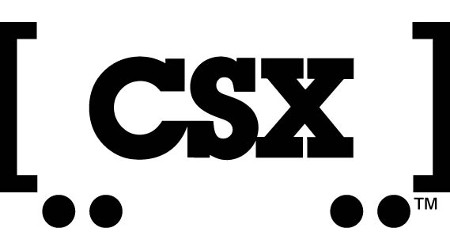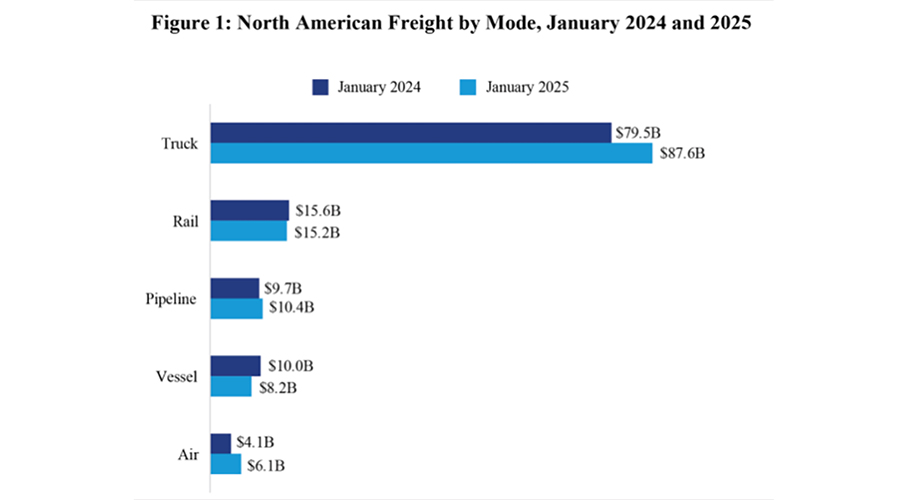Stay updated on news, articles and information for the rail industry
5/9/2016
Rail News: BNSF Railway
BNSF's Q1 net income hit hard by coal decline
By Julie Sneider, Senior Associate Editor
BNSF Railway Co.'s first-quarter 2016 net income plummeted 25 percent to $784 million and revenue fell 15 percent to $4.8 billion compared with a year ago, as the Class I faced a continued decline in demand for coal and certain industrial products categories, according to a government filing by BNSF parent company Berkshire Hathaway Inc.
Coal revenue was $779 million in the quarter, down 39 percent from first-quarter 2015. The decrease was due primarily to a 33.2 percent decline in volume as a result of lower utility demand for coal, which was driven by high customer inventories, low natural gas prices and reduced need for electricity during the mild winter, according to the company's quarterly report filed with the U.S. Securities and Exchange Commission.
Compared with 2015, coal volumes were better a year ago because customers restocked coal inventories. This year, utility coal volumes reman relatively high and other fuel sources are being used to generate electricity, according to the report.
"As a result, we expect declines in coal volume over the remainder of the year," the report stated.
Also during Q1 2016, freight revenue from industrial products fell 18 percent to $1.2 billion due to lower demand for petroleum products, frac sand, taconite and steel products, as well as lower average revenue per car/unit, including fuel surcharges. BNSF anticipates volumes in those categories will remain low for the remainder of 2016.
Freight revenue from consumer products rose 3 percent to $1.5 billion during the quarter, reflecting a 9 percent increase in volume. Also, this revenue was partially offset by lower average revenue per car/unit, including lower fuel surcharges. Compared with Q1 2015, the increase in volume was attributed primarily to increased international intermodal volumes from U.S. West Coast ports. A year ago, unit volumes were hurt by a freight diversion that occurred as a result of a West Coast port labor dispute.
BNSF posted first-quarter 2016 operating expenses of $3.3 billion, down 12 percent compared with a year ago. The railroad's operating ratio rose 2.2 percentage points to 68.5 percent compared with the previous year's quarter. Compensation and benefit expenses were down 10 percent during the quarter, as the railroad adjusted employment levels in response to lower volumes and productivity improvements.


 LRW Honors Amtrak’s Acheson As Railway Woman Of The Year
LRW Honors Amtrak’s Acheson As Railway Woman Of The Year
 From Editor-In-Chief Foran: Of Gender Equity And Inclusion
From Editor-In-Chief Foran: Of Gender Equity And Inclusion
 Spotlight On Some Of Today’s Rail Safety Products
Spotlight On Some Of Today’s Rail Safety Products
 Women of Influence in Rail eBook
Women of Influence in Rail eBook
 railPrime
railPrime







